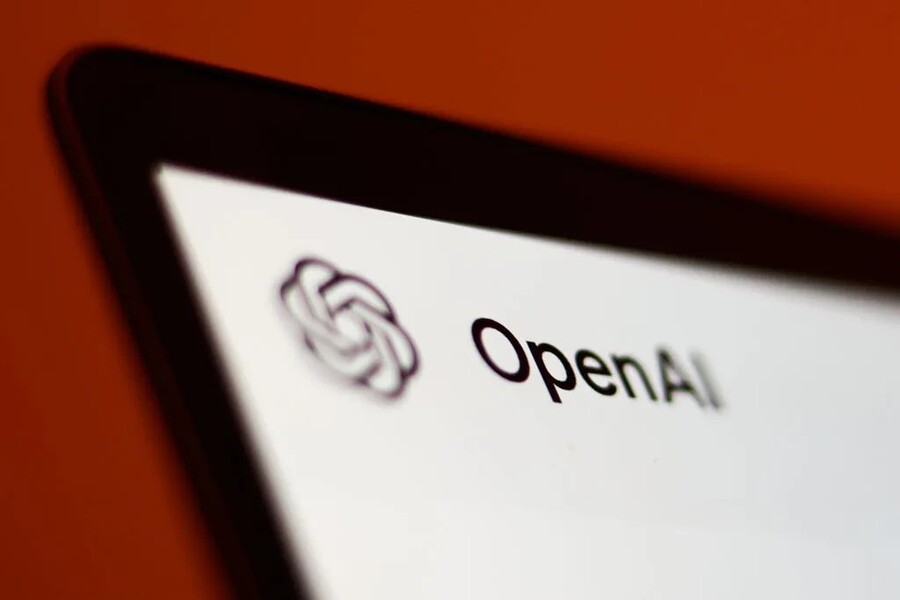Apple is adding a new layer of enterprise controls to its fall software releases that will let IT teams decide if—and how—employees can use ChatGPT and other “external” AI services from Apple devices. The change, arriving alongside iOS 18, iPadOS 18, macOS Sequoia and more in September, gives organizations granular switches to route, restrict, or entirely disable requests to third-party AI models while continuing to use Apple’s on-device and Private Cloud Compute features.
What’s new
- Configurable access to ChatGPT (and peers). Apple is exposing MDM restrictions that let administrators permit or block requests to an “external intelligence provider.” The control isn’t hard-wired to OpenAI: companies can allow or deny any external provider, leaving room for future integrations without new plumbing. Admins can also force “anonymous” mode by blocking sign-ins; if a user is already signed in to an external provider, the setting signs them out on the next request.
- Clear separation of Apple vs. partner clouds. Apple Intelligence will hand off to ChatGPT only when a query exceeds Apple’s own capabilities, and only if the user (or admin) has enabled the handoff. Requests don’t traverse Apple’s cloud on their way to ChatGPT—it’s either Apple or the external provider—making it simpler for IT to disable third-party routing entirely.
- Apple Business Manager gets an API. Enterprises can programmatically tie Apple Business Manager into MDM, inventory, and help desk systems via new API accounts, and Apple is adding guided device-management migration workflows—a frequent pain point during mergers and vendor changes.
- Faster redeployments with “Return to Service.” IT can wipe corporate data while keeping managed apps installed, saving time and bandwidth. Crucially, the streamlined Return to Service now extends to Apple Vision Pro.
- Shared-device options on Mac. A new Authenticated Guest Mode lets users log in with their identity-provider credentials and have their data erased at logout; organizations can also enable Tap to Login with an attached NFC reader so employees authenticate by tapping an iPhone or Apple Watch.
Why it matters
Enterprises have embraced generative AI but remain cautious about data exposure, regulatory controls, and vendor lock-in. Apple’s model gives IT a policy dial: use Apple-only intelligence, allow partner AI for certain personas or apps, or block external AI outright. Because the restriction targets any external provider, companies keep optionality as the enterprise AI landscape evolves.
On the management side, an official Apple Business Manager API closes a long-standing integration gap, enabling change-managed workflows (provisioning, ownership transfers, deprovisioning) to run from existing IT systems instead of manual portals. Return-to-Service improvements and Vision Pro support reduce turnaround for labs, front-line deployments, and hot-swap environments.
How it will work inside companies
- Policy controls via MDM. Admins will find new restriction keys—such as allowExternalIntelligenceIntegrations and allowExternalIntelligenceIntegrationsSignIn—to permit, block, or force anonymous use of external providers (e.g., ChatGPT Enterprise). These settings can also sign users out if sign-ins are disallowed.
- User experience. If external AI is allowed, Apple Intelligence will prompt the user before sending anything to ChatGPT; if it’s disabled, requests stay on the device or Apple’s Private Cloud Compute. Apple says Partner integrations are opt-in and transparent to the user.
- Identity and access. For shared Macs, Platform SSO plus Authenticated Guest Mode ties the login session to your IdP (Microsoft Entra ID, Okta, etc.) and purges user data on logout; optional NFC “tap to log in” accelerates kiosk and front-desk workflows.
What’s next (September roll-out checklist)
- Decide your AI posture. Segment policies by role: e.g., allow external AI for R&D with tenant-scoped ChatGPT Enterprise; block for finance and legal; force anonymous use for general staff. Then encode with the new restrictions.
- Update enrollment & redeployment playbooks. Leverage the ABM API for automated device lifecycle events; use Return to Service with “preserve apps” to cut reimage times—now including Vision Pro.
- Enable shared-use Macs where needed. Pilot Authenticated Guest Mode and Tap to Login in classrooms, retail, and shift environments.
- Communicate end-user prompts. If you allow ChatGPT handoff, train employees on the “Ask ChatGPT?” prompt and when to proceed or cancel.
Reader takeaways (user-intent answers)
- What happened? Apple is shipping enterprise controls that let IT allow, block, or anonymize use of ChatGPT—and other external AI providers—across Apple platforms, plus new ABM APIs, smoother device migrations, faster redeployments, and shared-device login options.
- Why does it matter? Companies gain granular governance over AI traffic and data handling without giving up Apple-only features. The approach avoids lock-in and aligns with risk and compliance needs.
- What’s next? The controls arrive with Apple’s September software releases; admins should update MDM profiles and decide their AI routing policies now.







